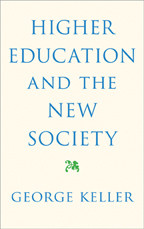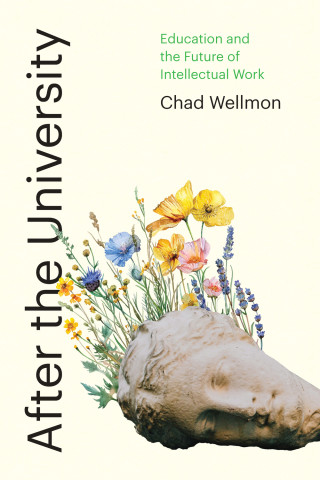
Reviews
Stephen Gavazzi, a professor at the Ohio State University, has partnered with West Virginia University president E. Gordon Gee to refocus the college debate. As the volume's title indicates, Gavazzi and Gee mainly discuss the state of land-grant universities, but their suggestions are more generally illuminating... a useful addition to a growing literature on how universities might best be made to serve the changing needs of American society.
In Land-Grant Universities for the Future, authors Gavazzi and Gee explore the role of the modern land-grant university and the perception of land-grant university leaders around the strengths, weaknesses, opportunities, and threats of these institutions and also offer a vision for how these universities can better serve their communities based on the covenant established in 1862. Readers will appreciate the inclusion of several relevant constituents, such as faculty and students, and will gain a better understanding of the workings of complex land-grant universities that can provide practical insights about how to approach challenges in higher education.
A thoughtful, engaging, and important book that will be of interest to anyone who cares about land-grant institutions and their future. I highly recommend it.
Land-Grant Universities for the Future is a wonderful mixture of wise commentary from its two authors and quotes from in-depth interviews with leaders from many of these schools. It reveals the challenges and opportunities facing our preeminent public universities.
Gavazzi and Gee have written an eloquent history of land-grant universities and their promising future. Institutions with degrees in higher education administration should make this required reading for all students. This book will inspire future leaders to embrace teaching, service learning, civic engagement, and research, all born of a proud history.
Gavazzi and Gee provide important new insights about the need for land-grant universities to develop a renewed community-focused orientation for the twenty-first century. Internal and external stakeholders interested in the unique role of land-grant universities in higher education will find this an engaging read.
With Gavazzi's deep knowledge of university engagement and Gee's vast presidential experience, these authors deliver a tour-de-force that chronicles the present state and future direction of land-grant universities. It is a call to arms to rebuild relationships with a skeptical public to preserve the land-grant idea for future generations.
At a time when public confidence in higher education is on the decline, Gavazzi and Gee offer a critical roadmap for land-grant universities going forward. The reader is reminded of the power of public higher education when land-grant and public universities work to build meaningful partnerships with their communities. Faculty, administrators, and policymakers should take this message to heart and regain the critical support needed for public higher education in America.
Book Details
Foreword, by C. Peter Magrath
Acknowledgments
Introduction. Whither the Land-Grant?
Chapter 1. The Land-Grant Study, Campus–Community Relationships, and the Servant University
Chapter 2. The Land-Grant
Foreword, by C. Peter Magrath
Acknowledgments
Introduction. Whither the Land-Grant?
Chapter 1. The Land-Grant Study, Campus–Community Relationships, and the Servant University
Chapter 2. The Land-Grant Institution and Mission in Service to Communities
Chapter 3. Land-Grant Strengths, Weaknesses, Opportunities, and Threats
Chapter 4. The Impact of Governing Boards, Elected Officials, and Accrediting Bodies
Chapter 5. The Critical Role of the Faculty
Chapter 6. Our Students: Vanguard in the Community
Chapter 7. Charting the Future of American Public Education
Appendix A. Syllabus Land-Grant Universities: Mission and Leadership
Appendix B. National Institute of Food and Agriculture Land-Grant Colleges and Universities, 1862, 1890, and 1994
Notes
Index






